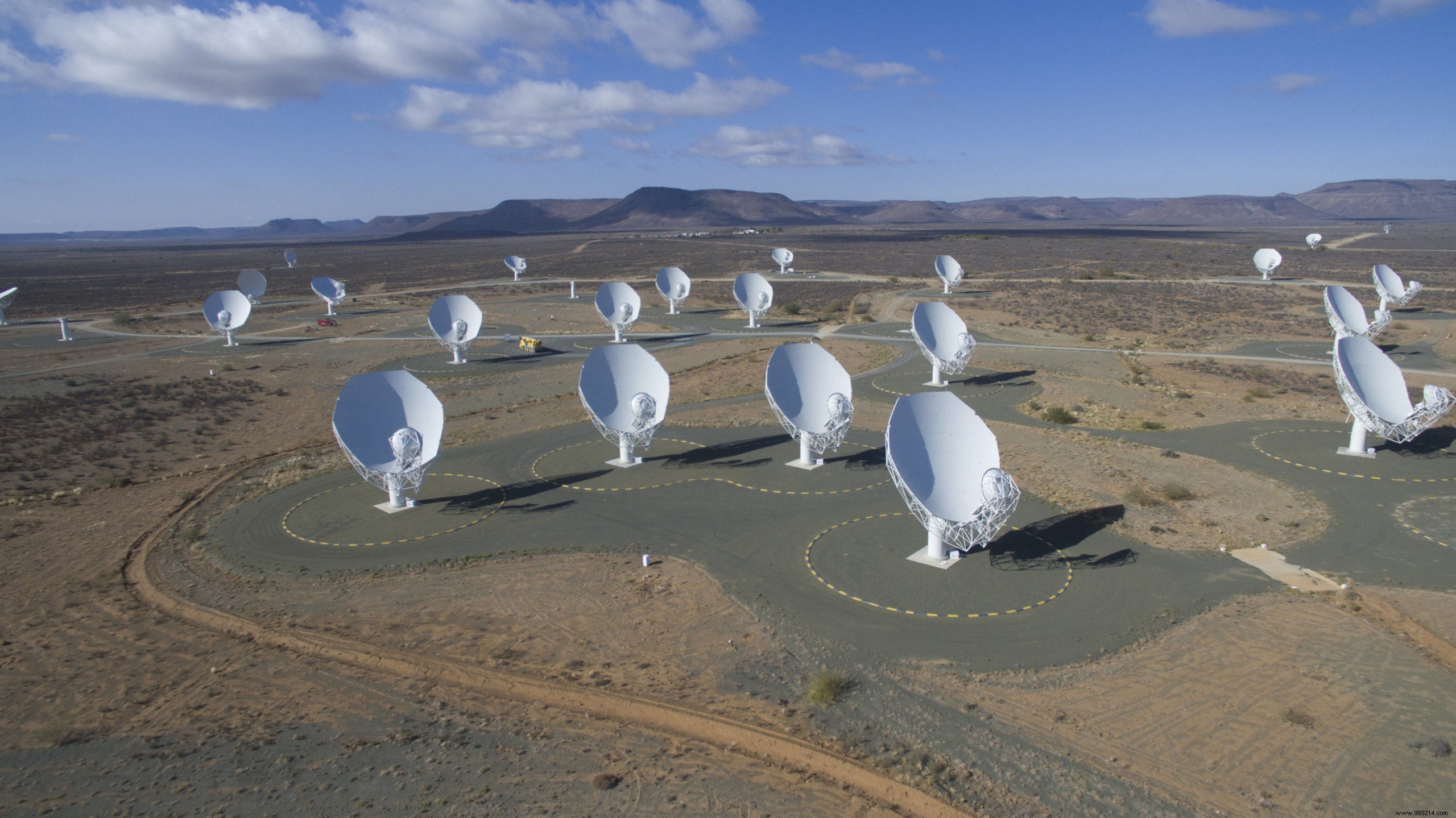The first meeting of the Square Kilometer Array Observatory Board implemented the action plans that will lead to the assembly of the world's largest radio telescope at course of the next decade. This scientific tool, one of the most ambitious of the 21st century, promises to solve some of the greatest enigmas of the universe.
As we prepare to experience the launch of the James Webb Telescope, focus today on the The Square Kilometer Array (SKA), the (future) largest radio telescope ever built by man. This incredible structure will include a large formation of radio receivers positioned at two main sites. One will be in the Northern Cape, South Africa, and the other in Murchison, Western Australia. Scheduled to be fully operational by 2030 , its resolution and network sensitivity combined with prodigious computing support will allow astronomers to peer deeper into space.
The international treaty that underpins this new observatory only entered into force last month, finally allowing the establishment of a first Council a few days ago (conducted online because of the pandemic). The latter has (finally) allowed to move forward on a project that has been in the papers for more than thirty years . “I think this meeting really marks the birth of the observatory “said Professor Phil Diamond, first chief executive of SKAO, a British not-for-profit company currently piloting the project.
In concrete terms, this first meeting made it possible to put in place a whole series of policies, regulations and procedures that will make the observatory a reality.
Note that France also took the opportunity to apply to participate in the future observatory as well. Until now, our country had only observer status through a consortium of public research establishments, such as the Paris observatory or the CEA, and industrialists, such as Air Liquide or Thales, with the National Center for Scientific Research (CNRS).

The next key step will of course be building the telescope. Tenders are expected to be sent out from July, with groundbreaking ceremonies scheduled for later in the year. The construction and operation of the SKA during this decade is expected to consume about two billion euros.
Once built, the Square Kilometer Array will incorporate a mix of parabolic antennas, as well as dipole antennas that look a bit like traditional TV antennas. The objective will be to provide an effective collection area of several hundred thousand square meters. The system will operate over a frequency range of approximately 50 megahertz to 25 gigahertz, enough to allow the telescope to detect very faint radio signals from cosmic sources positioned billions of light-years from Earth.
How were the first stars born? What is "dark energy", this mysterious form of energy that seems to be accelerating the rate of expansion of the cosmos? Or are we alone in this immense universe? The unprecedented sensitivity of the SKA could address some of the most fundamental questions in astrophysics.
Like many large installations, SKA officials recently expressed concern about the massive deployment of satellites underway. Indeed, if for optical telescopes vessels moving through the field of view can leave streaks in their images, for radio telescopes like the SKA, it is the downlink transmissions from satellites that can cause interference by creating interference. /P>
Nevertheless, Professor Diamond wanted to commend the efforts of operating companies, such as SpaceX and OneWeb, who are committed to working with astronomers in a constructive way to reduce these disturbances. .